- Good Sam Community
- Groups
- Motorhome Group
- Forum
- Fiberglass Repair Help
- Subscribe to RSS Feed
- Mark Topic as New
- Mark Topic as Read
- Float this Topic for Current User
- Bookmark
- Subscribe
- Mute
- Printer Friendly Page
Fiberglass Repair Help
- Mark as New
- Bookmark
- Subscribe
- Mute
- Subscribe to RSS Feed
- Permalink
- Report Inappropriate Content
Oct-30-2017 04:40 PM

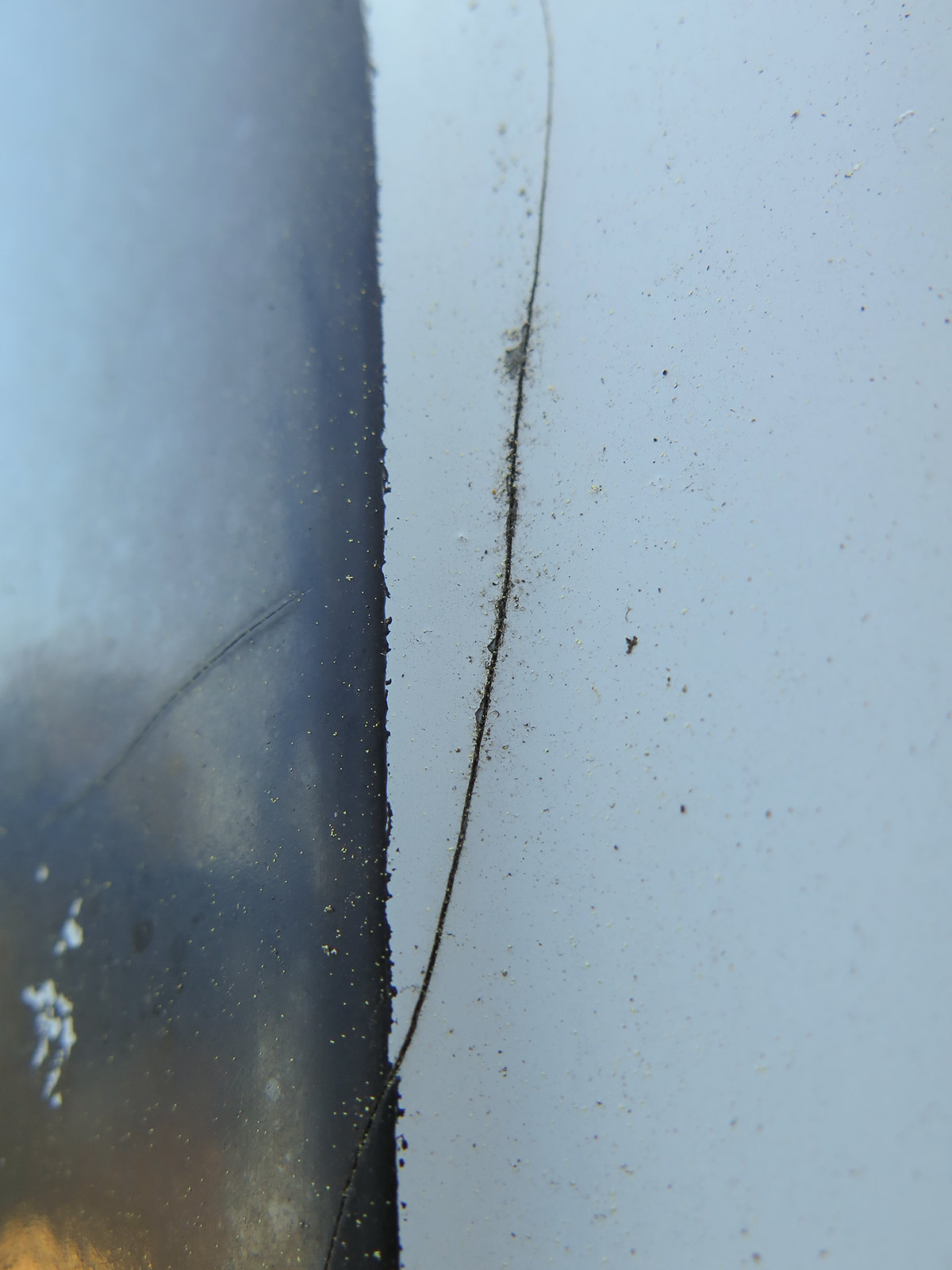

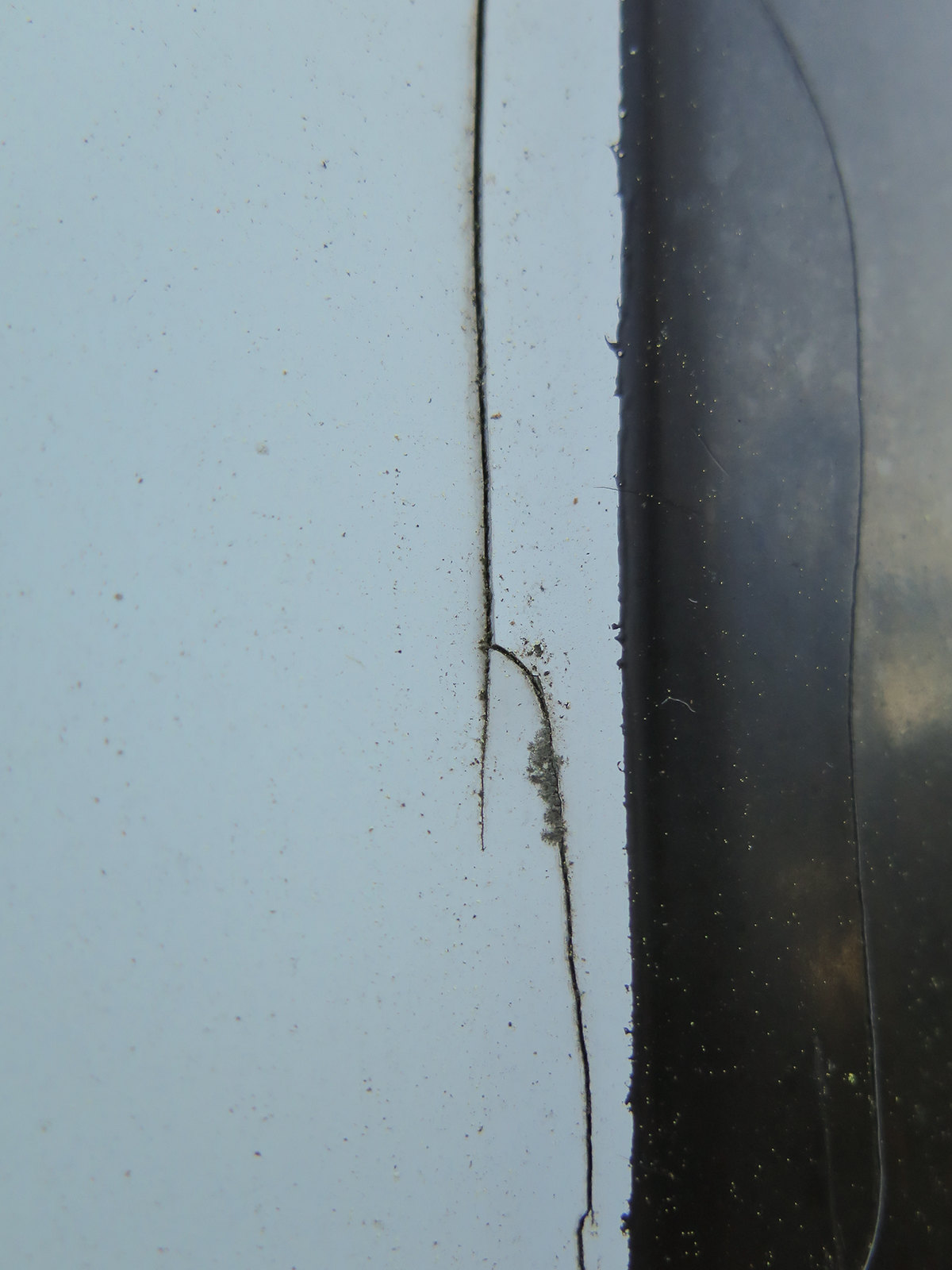
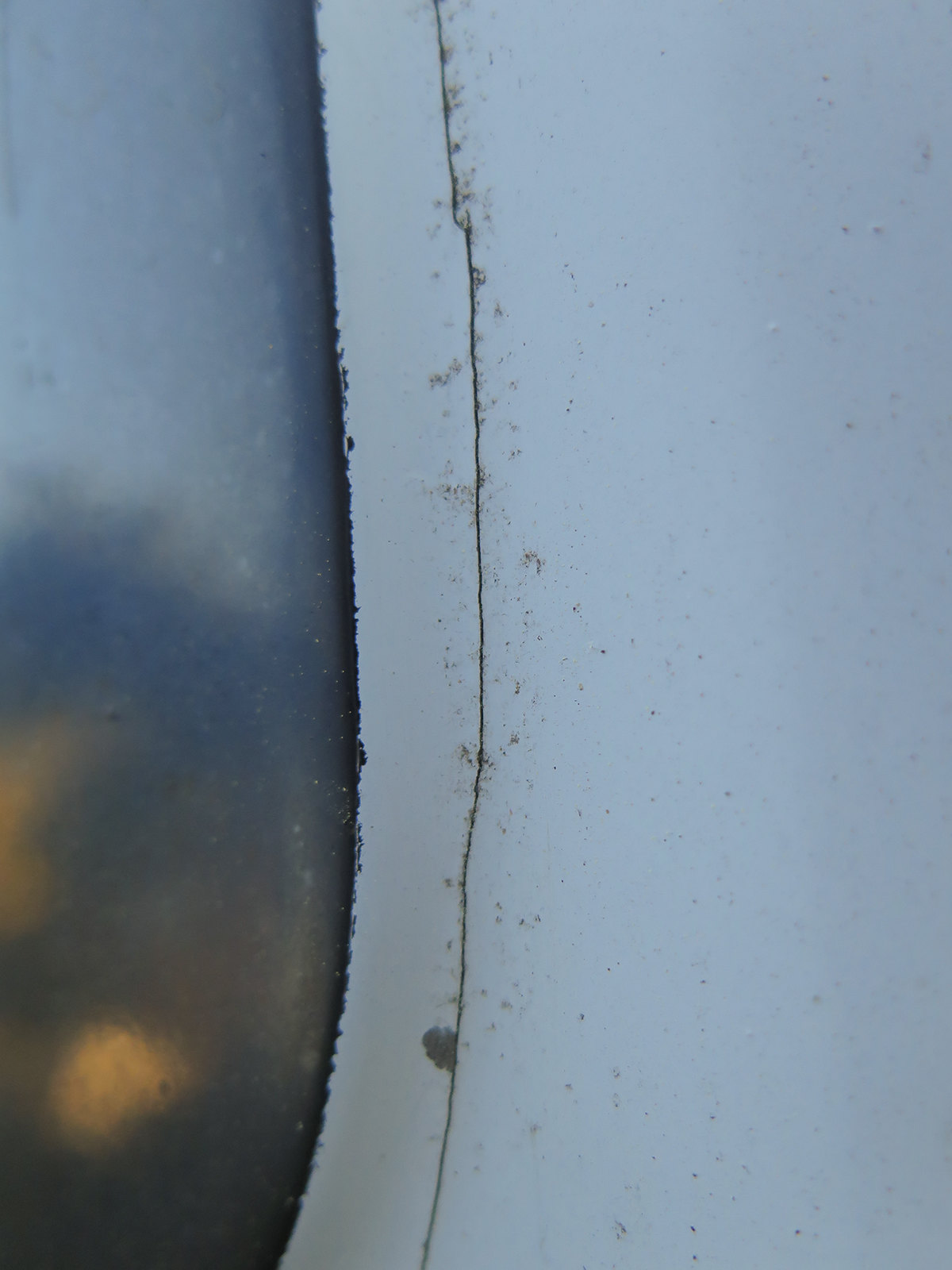
I'm a bit alarmed at this, and not sure how the best way of fixing it would be. If I was at work, I'd call NDI and have them run an ultrasound on it to verify how big the cracks are, then send it to fiberglass repair to fix. This isn't an option though. I was thinking take a dremel and route out the cracks, then fill the chanels with resin. Probably wouldn't look too good, but at least I wouldn't have any leaks. Any one seen this and had it repaired? How did they do it?
In case you didn't know, lazy daze decided that front windows were too much of leak path and deleted the option. Problem was the front looked like a bread truck, so they painted fake windows on the front with fake curtains on the inside. The side windows still are real.

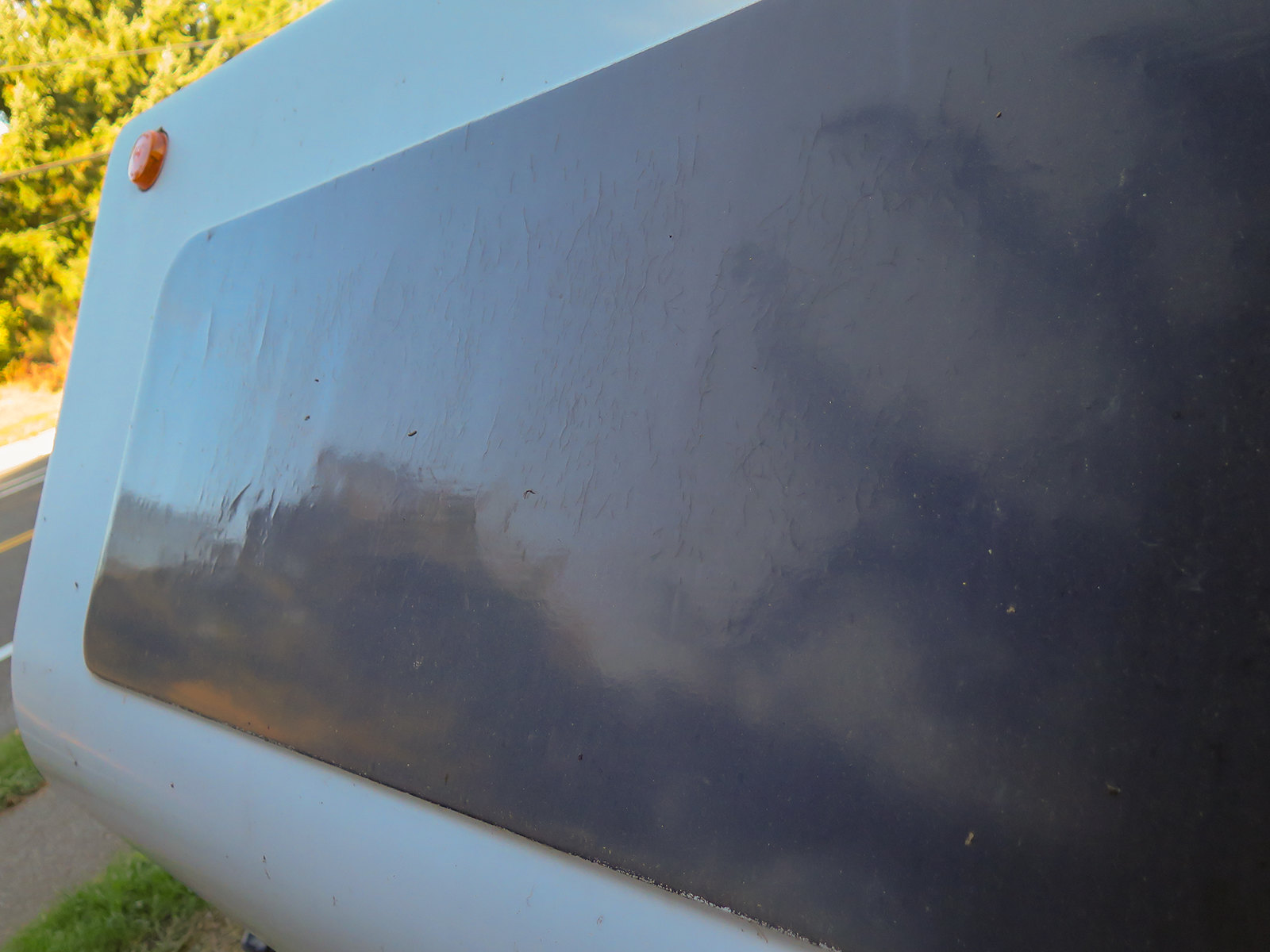
I'm hoping this is just some type of paint delamination and not an issue with the fiberglass.
I leave on my cross country road trip in a little over 2 weeks so I don't have a whole lot of time.
banks intake/exhaust
wifi/4g/siriusXM/DTV/DirecTV/CB
2xGeorbital electric bike conversions
- Labels:
-
Class C
- Mark as New
- Bookmark
- Subscribe
- Mute
- Subscribe to RSS Feed
- Permalink
- Report Inappropriate Content
May-26-2020 02:14 PM
Along the same line, the fiberglass repair kits sold in auto stores tend to be...bad. To put it mildly. Go to a boating store, and you find much more and of higher quality.
- Mark as New
- Bookmark
- Subscribe
- Mute
- Subscribe to RSS Feed
- Permalink
- Report Inappropriate Content
Mar-24-2020 06:04 PM
- Mark as New
- Bookmark
- Subscribe
- Mute
- Subscribe to RSS Feed
- Permalink
- Report Inappropriate Content
Mar-23-2020 03:16 AM
Grit dog wrote:
Uhh OP had this issue 3 years ago...
I think many of us, such as myself, have done this too. Its easy to overlook the date on older threads. We have to look for 'thread stress cracks'. 🙂
- Mark as New
- Bookmark
- Subscribe
- Mute
- Subscribe to RSS Feed
- Permalink
- Report Inappropriate Content
Mar-22-2020 09:07 AM
But to comment for the sake of others........
We bought this motor home pictured below, brand new in 1983 and sold it in 2007. Over the years, it developed cracks exactly like the OP shared, some formed right away. While under warranty the first year, I called the manufacture who said the cracks were only cosmetic. They were willing to fix them for me but said they would likely return, so I did nothing. I was glad I did nothing. The rig was fine (with more cracks) even the day we sold it 24 years later. The patchwork would have been ugly compared to leaving it alone.
So my advise is to do nothing.
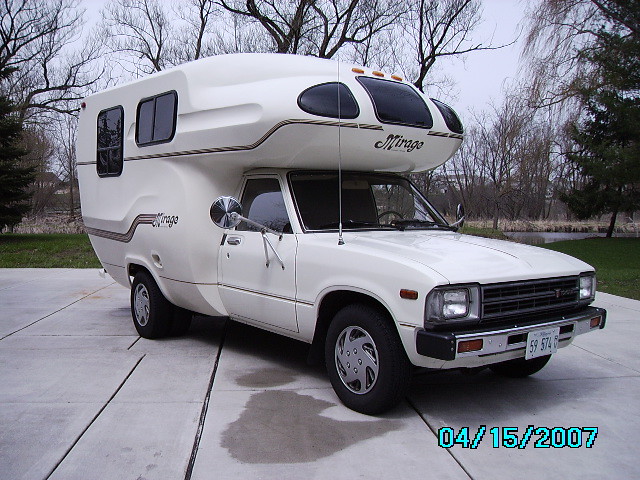
- Mark as New
- Bookmark
- Subscribe
- Mute
- Subscribe to RSS Feed
- Permalink
- Report Inappropriate Content
Mar-21-2020 08:39 PM
2017 Heartland Torque T29 - Sold.
Couple of Arctic Fox TCs - Sold
- Mark as New
- Bookmark
- Subscribe
- Mute
- Subscribe to RSS Feed
- Permalink
- Report Inappropriate Content
Mar-21-2020 09:29 AM
- Mark as New
- Bookmark
- Subscribe
- Mute
- Subscribe to RSS Feed
- Permalink
- Report Inappropriate Content
Mar-20-2020 05:01 PM
- Mark as New
- Bookmark
- Subscribe
- Mute
- Subscribe to RSS Feed
- Permalink
- Report Inappropriate Content
Nov-04-2017 11:41 PM
banks intake/exhaust
wifi/4g/siriusXM/DTV/DirecTV/CB
2xGeorbital electric bike conversions
- Mark as New
- Bookmark
- Subscribe
- Mute
- Subscribe to RSS Feed
- Permalink
- Report Inappropriate Content
Nov-04-2017 03:53 PM
2000 Chev Tracker Toad
- Mark as New
- Bookmark
- Subscribe
- Mute
- Subscribe to RSS Feed
- Permalink
- Report Inappropriate Content
Nov-02-2017 03:18 PM
How am I supposed to get any work done? It SNOWED last night.
banks intake/exhaust
wifi/4g/siriusXM/DTV/DirecTV/CB
2xGeorbital electric bike conversions
- Mark as New
- Bookmark
- Subscribe
- Mute
- Subscribe to RSS Feed
- Permalink
- Report Inappropriate Content
Nov-01-2017 09:09 PM
banks intake/exhaust
wifi/4g/siriusXM/DTV/DirecTV/CB
2xGeorbital electric bike conversions
- Mark as New
- Bookmark
- Subscribe
- Mute
- Subscribe to RSS Feed
- Permalink
- Report Inappropriate Content
Nov-01-2017 08:15 PM
- Mark as New
- Bookmark
- Subscribe
- Mute
- Subscribe to RSS Feed
- Permalink
- Report Inappropriate Content
Nov-01-2017 11:53 AM
fourthclassC wrote:
Hi, another suggestion here. If they are really cracks, I think the 1/16" drill hole at the ends is good. If only gel coat cracks I suggest the same. MarineTex . I think this is the best stuff for this type of repair. Using a really clean edge rubber squeege to apply thin..
Hate to disagree, but I think they'll just open up again if he does this. That's the first thing I tried on mine, and they just opened up again.
-Speak
2014 F-150 Super Crew Short Bed 3.5L Ecoboost
2014 Flagstaff Micro Lite 23LB
- Mark as New
- Bookmark
- Subscribe
- Mute
- Subscribe to RSS Feed
- Permalink
- Report Inappropriate Content
Nov-01-2017 11:25 AM





